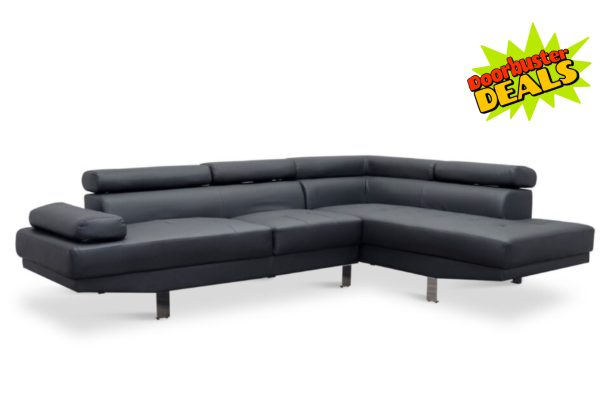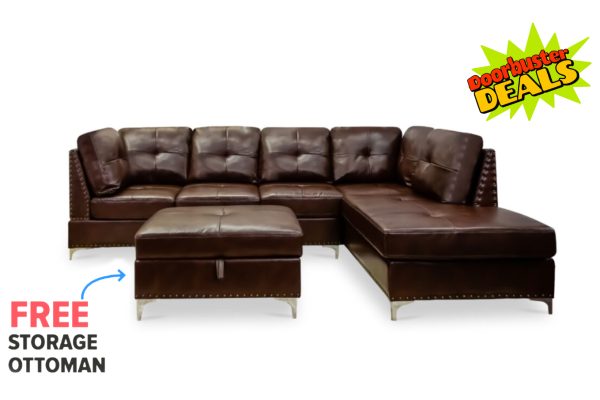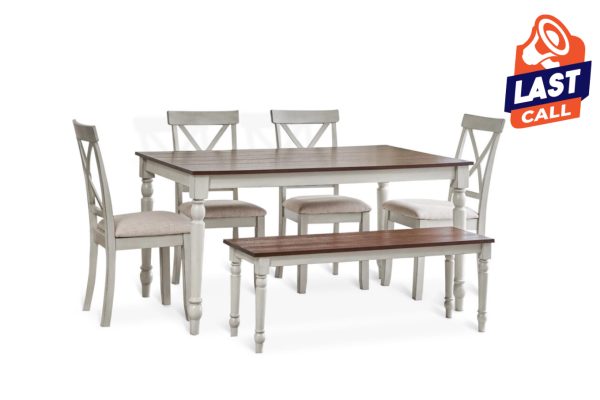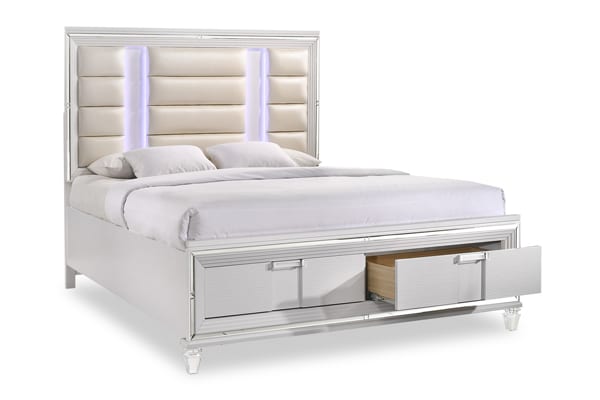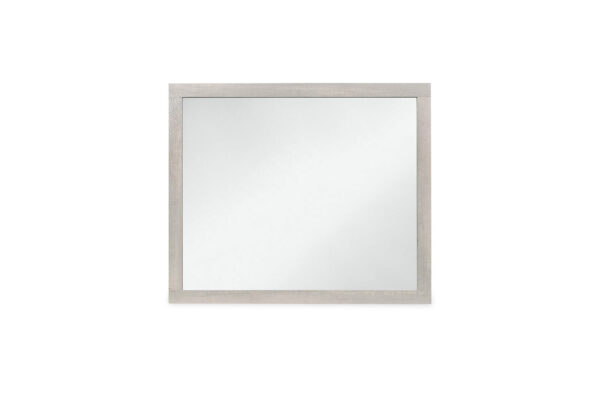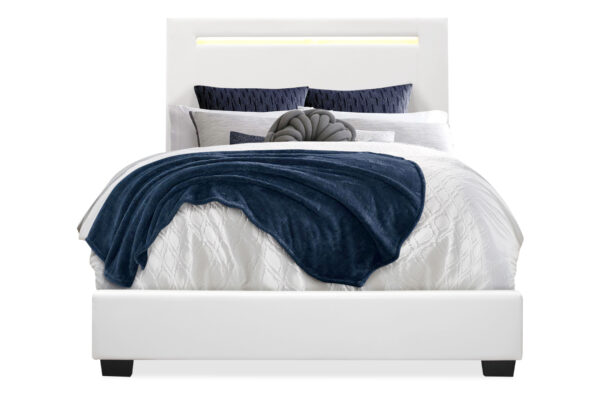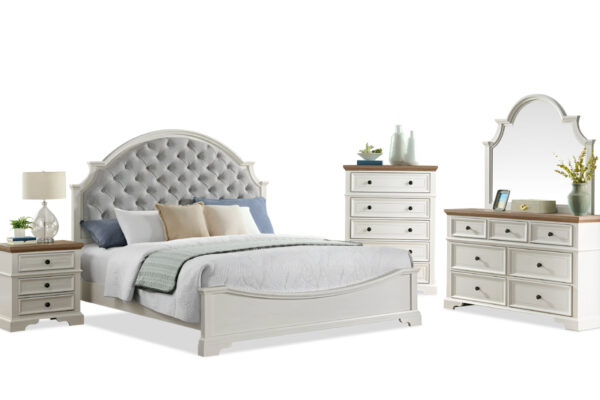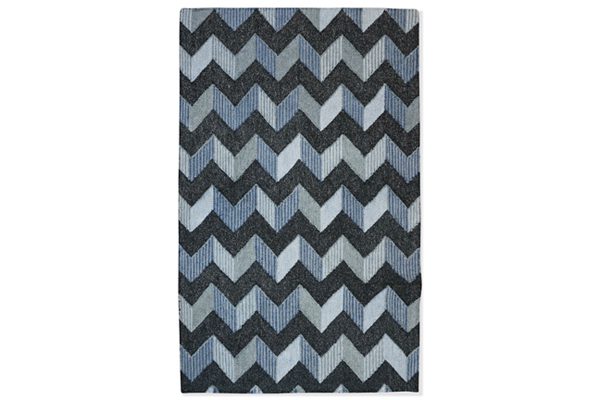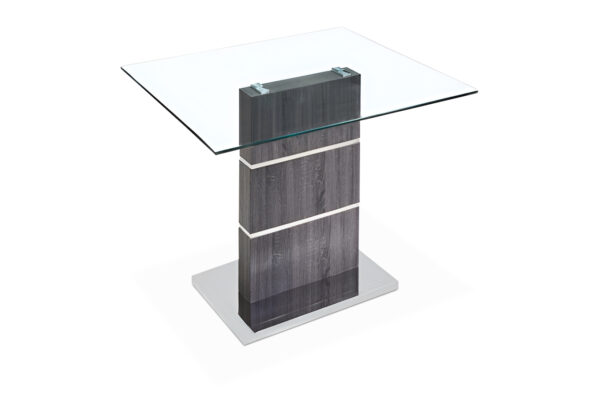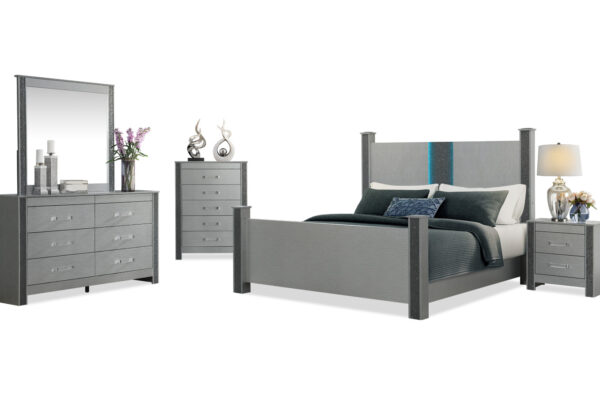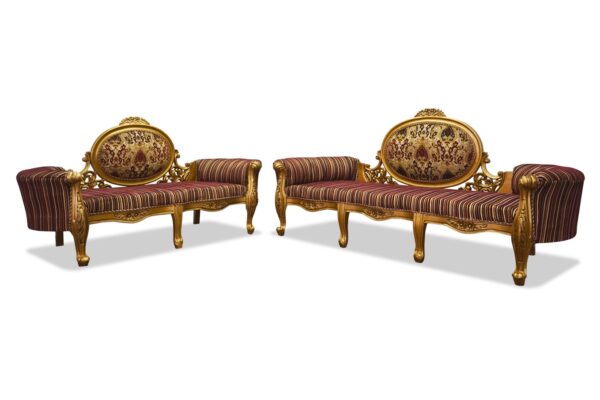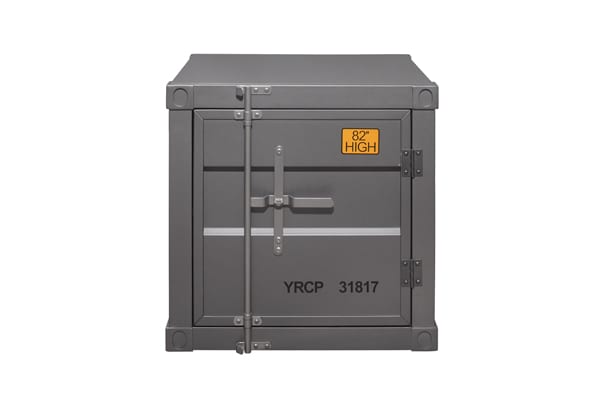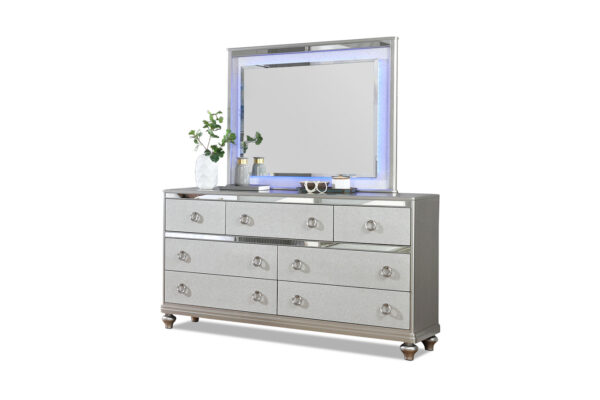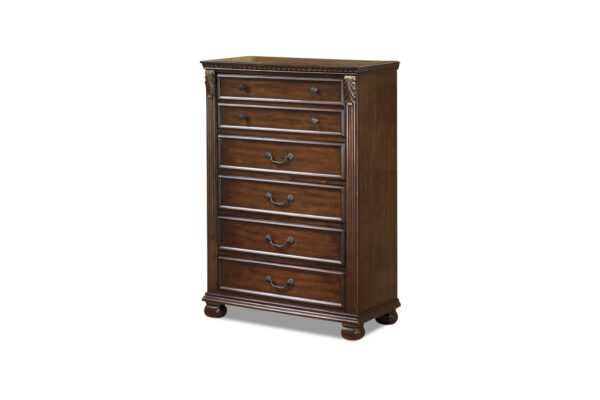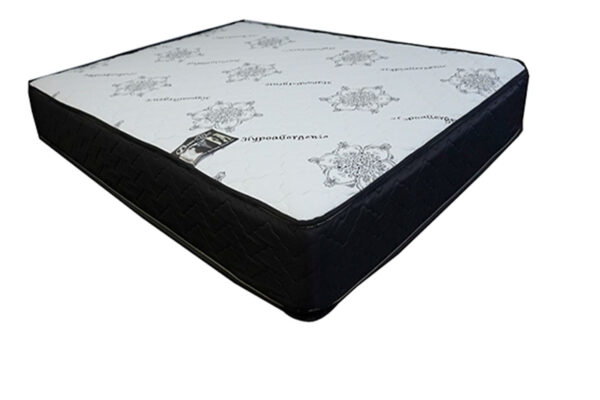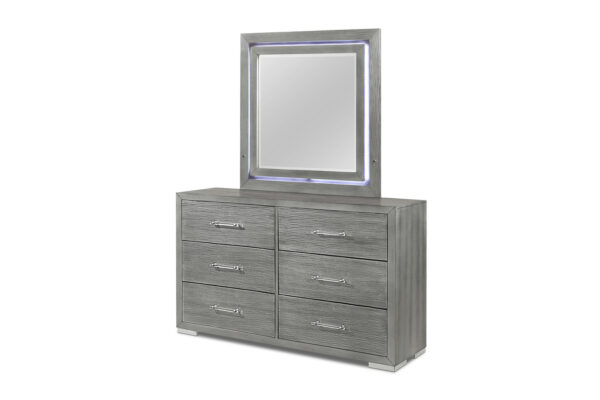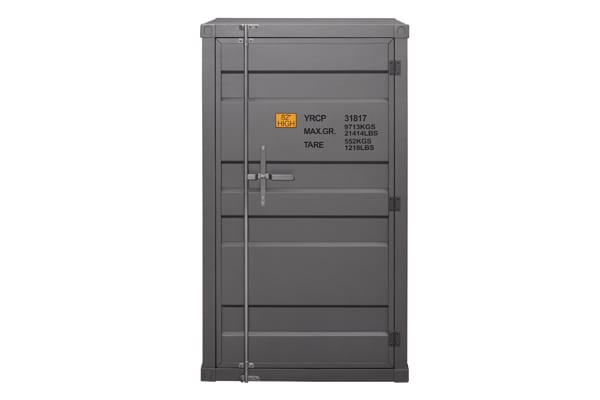Best Recliner Buying Guide for Comfort, Style & Budget
Shopping for recliners is a unique experience compared to choosing other types of furniture. When it comes to recliners, especially powered ones, it’s essential to prioritize comfort and practical features over aesthetics. With countless options available, it’s easy to feel overwhelmed and believe that every choice is the perfect one. To help simplify your decision-making process, we‘ve compiled some key steps and tips in this recliner buying guide.
Choose the Right Recliner Type
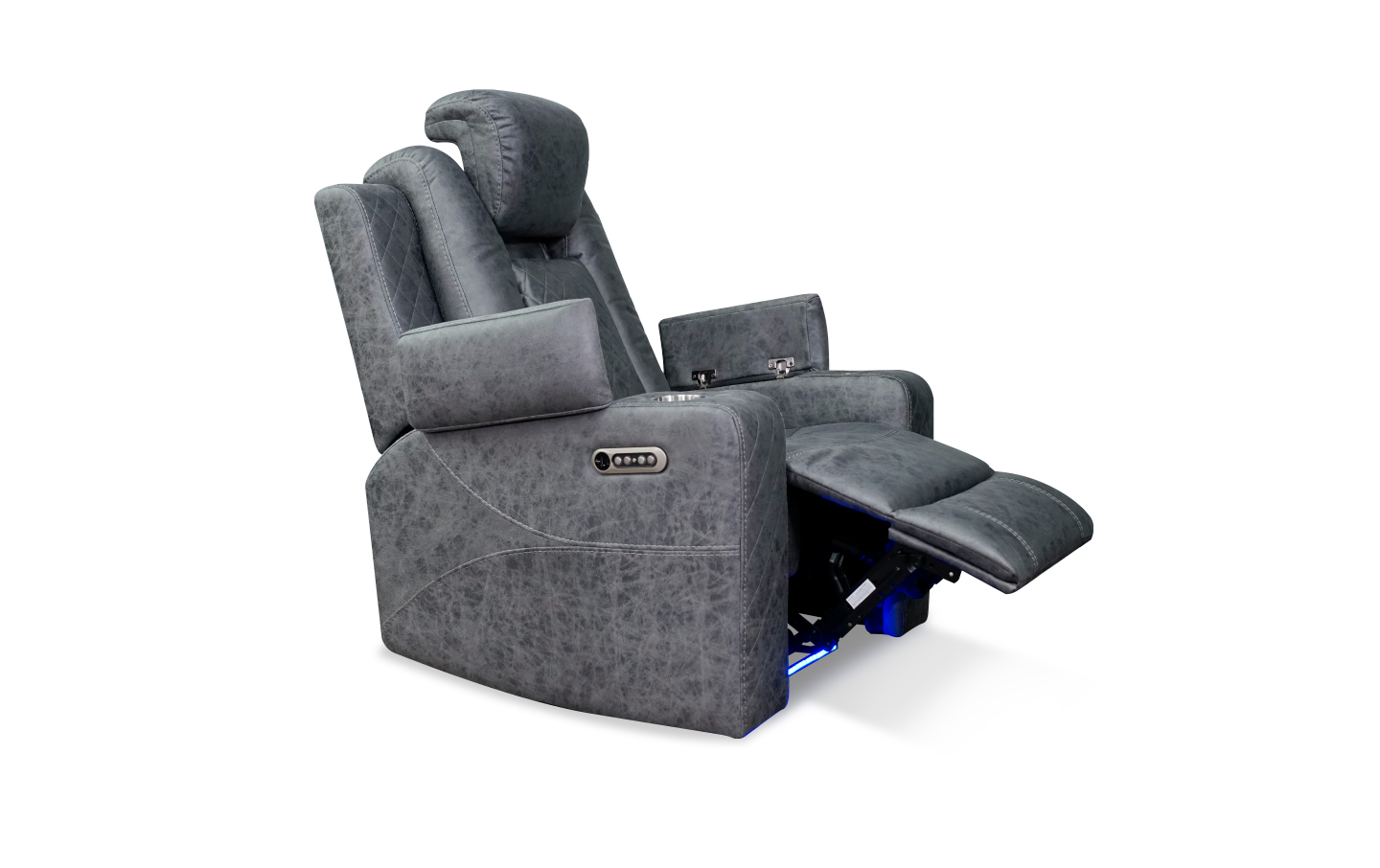
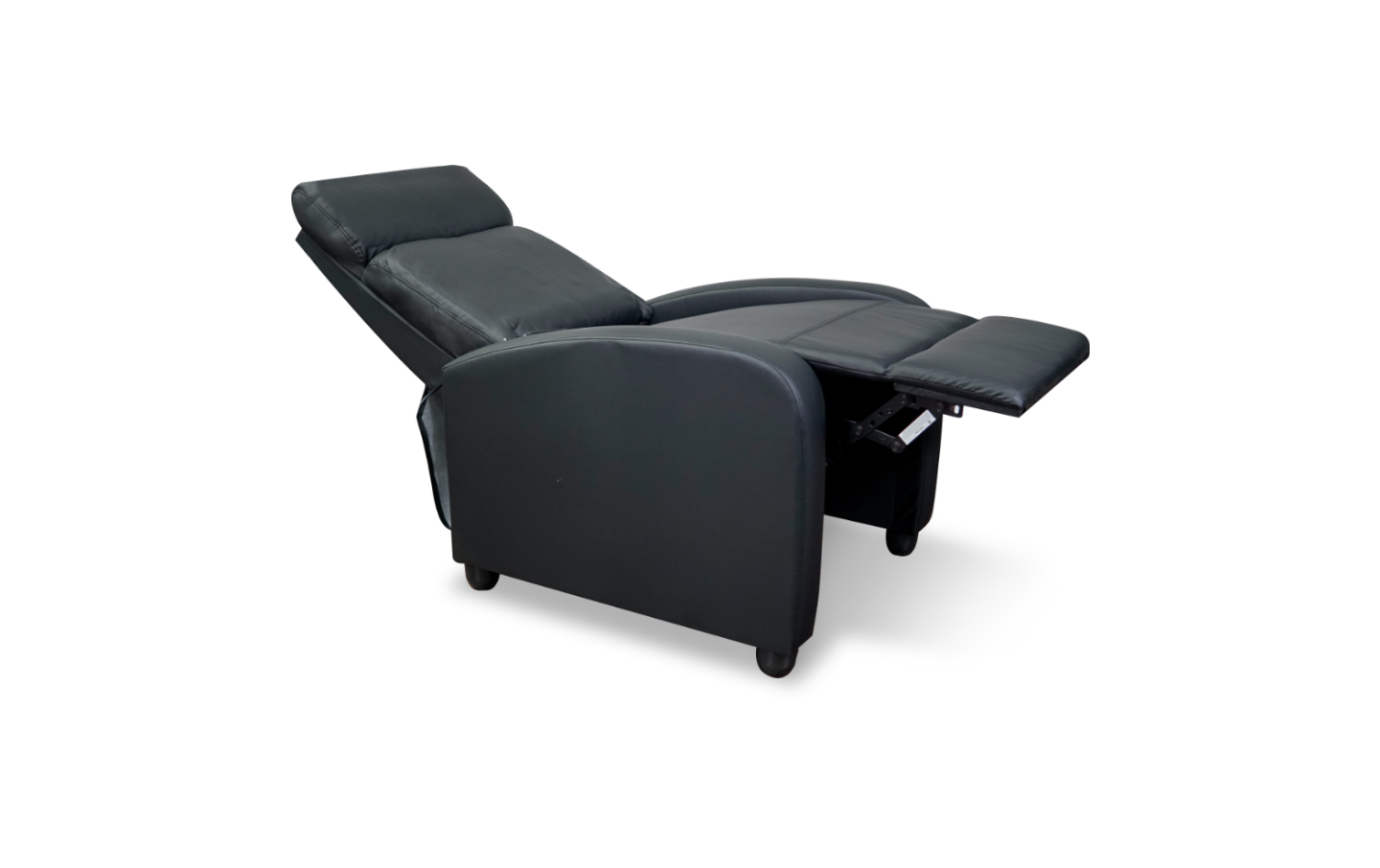
Before selecting a recliner based solely on its appearance, take a moment to assess whether it truly meets your needs. There are several categories of recliners on the market, each with distinct features and purposes. Here’s a recliner buying guide on common types you might encounter:
- Two-Position Recliner: This model is ideal for most users, offering a straightforward reclining function, typically operated by a lever or handle mechanism.
- Rocker Recliner: Combining reclining backrests with a rocking or gliding base, these recliners are popular among those who enjoy gentle swaying. They can be either manual or powered.
- Push-Back Recliner: With a modern, minimalist design, push-back recliners offer a sleek look that complements contemporary decor. These chairs lack traditional levers or buttons; instead, you simply lean back with your body weight to recline.
- Wall-Hugger Recliner: Perfect for smaller homes, apartments, or tight spaces, wall-hugger recliners slide forward on a track rather than reclining backward.
- Power Recliner: These chairs are designed for maximum comfort and convenience, featuring buttons, remotes, or touchpads for easy operation.
- Lift-Chair Recliner: Specifically designed for the elderly, disabled individuals, or those recovering from injuries, lift-chair recliners function similarly to powered recliners but with an added tilt mechanism. This gentle forward tilt assists users in standing up safely, making it an invaluable choice for anyone with mobility challenges.
Measure Your Space & Recliner
One of the most crucial steps in this recliner buying guide is to measure your available space. Failing to do so can lead to crowding, poor placement, or even delivery issues. Recliners have a larger physical footprint than other furniture, as they not only sit upright but also extend and swivel. Firstly, ensure you have accurate measurements of your space and the recliner. Check the height, width, and depth of the recliner both when it’s upright and when it’s reclined.
It’s also vital to have sufficient physical clearance behind and around the recliner. This is especially important if you’re considering a rocker or glider recliner. Ideally, leave 18-24 inches between your recliner and other furniture like side tables, footrests, or coffee tables. This prevents clutter and allows for comfortable movement within the room. Make sure that the recliner doesn’t obstruct the room’s design or create visual distractions.
To visualize the space the recliner will occupy, you can use painter’s tape or newspaper sheets. This will help you assess if it fits well with the room’s layout and traffic flow. Lastly, don’t forget to measure the dimensions of doorways and hallways for delivery. This is particularly crucial in apartments where navigating through elevators can be tricky.
Consider Features for Comfort & Convenience
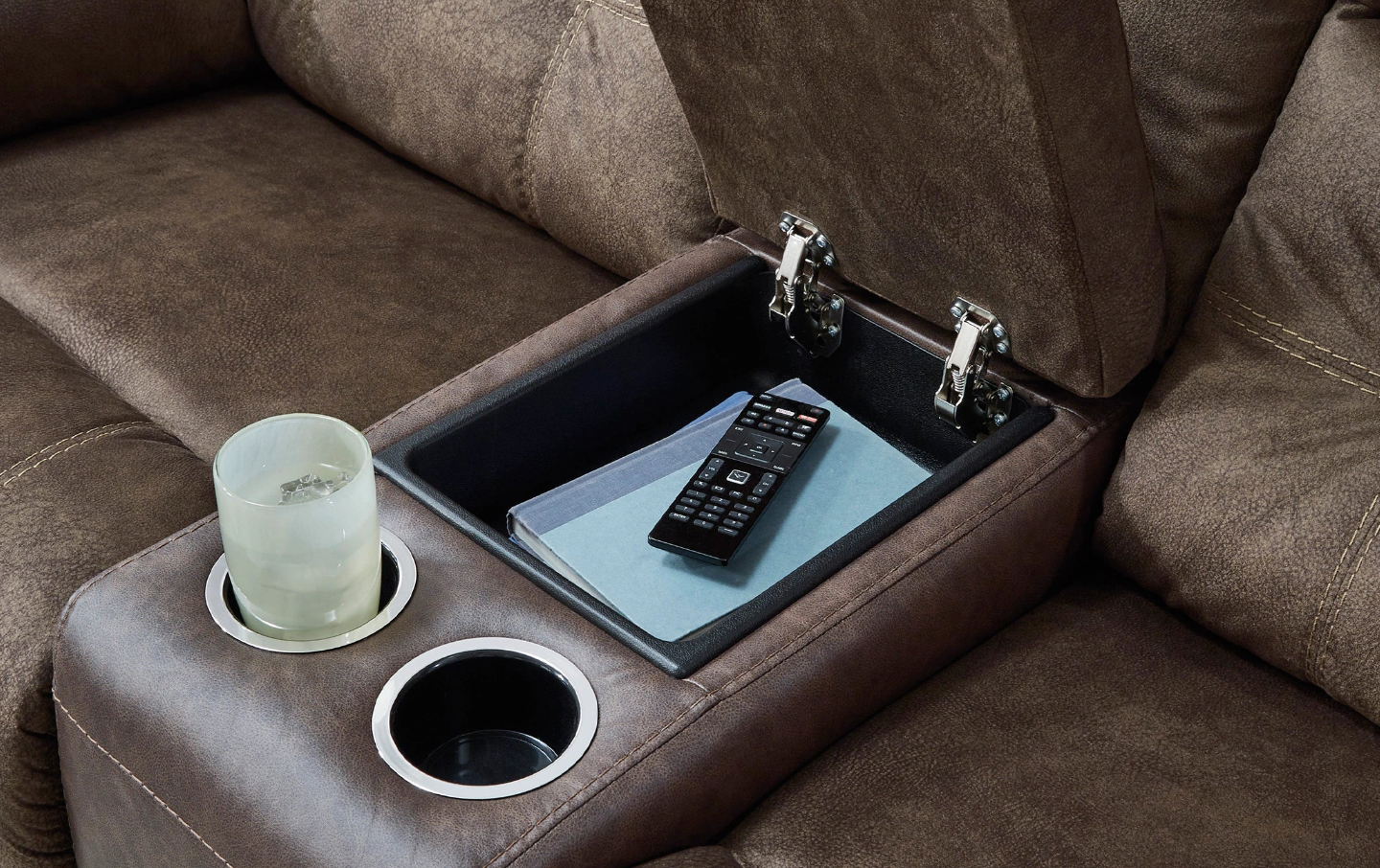
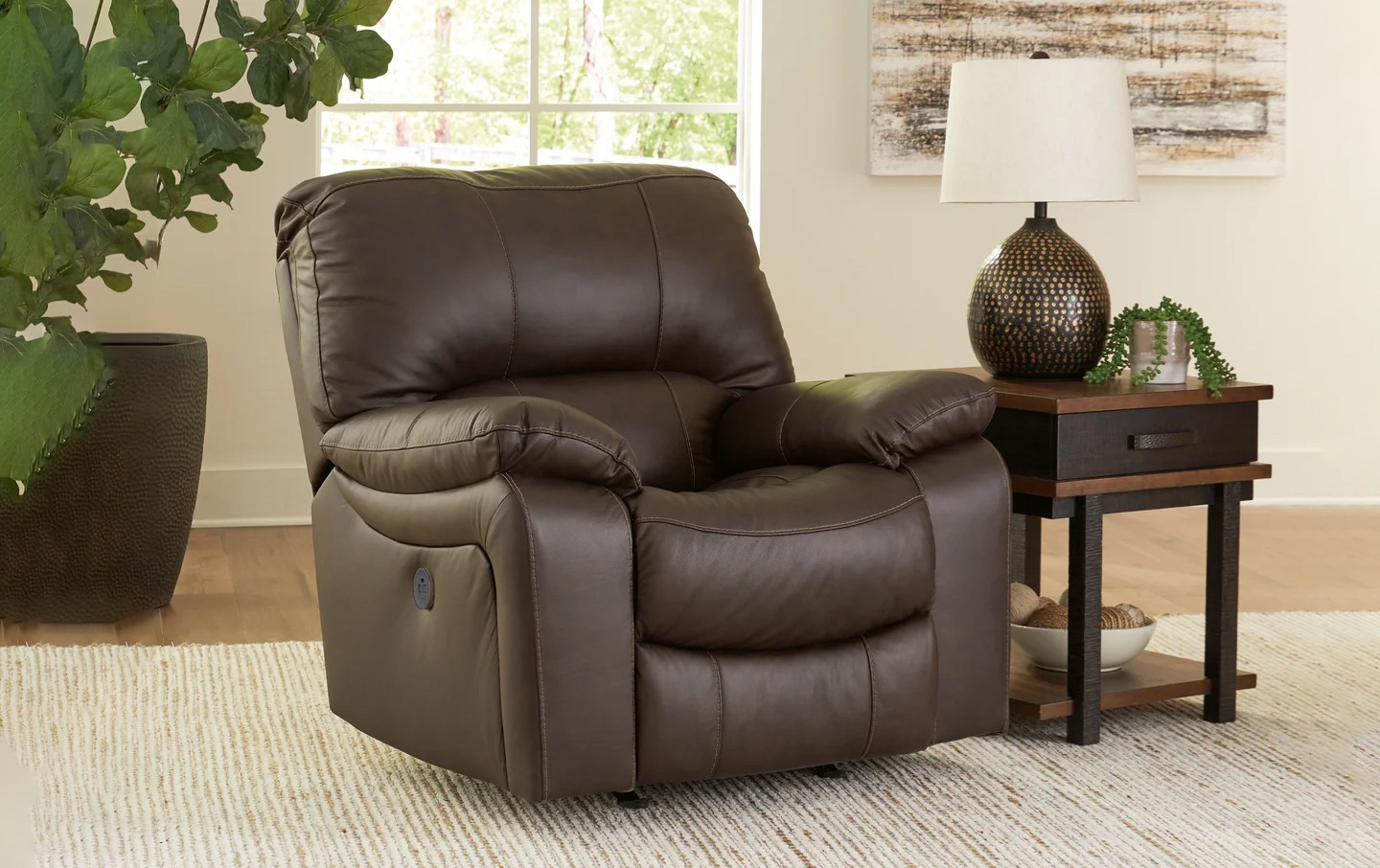
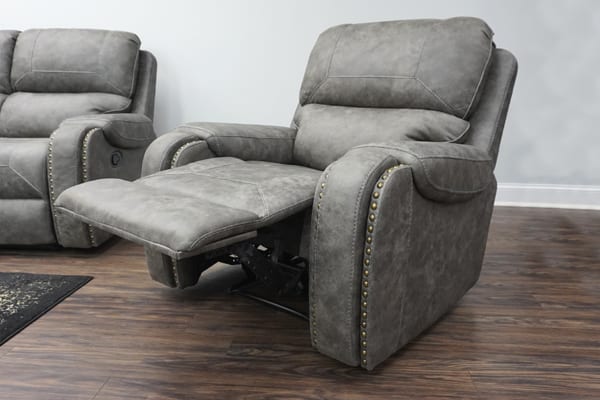
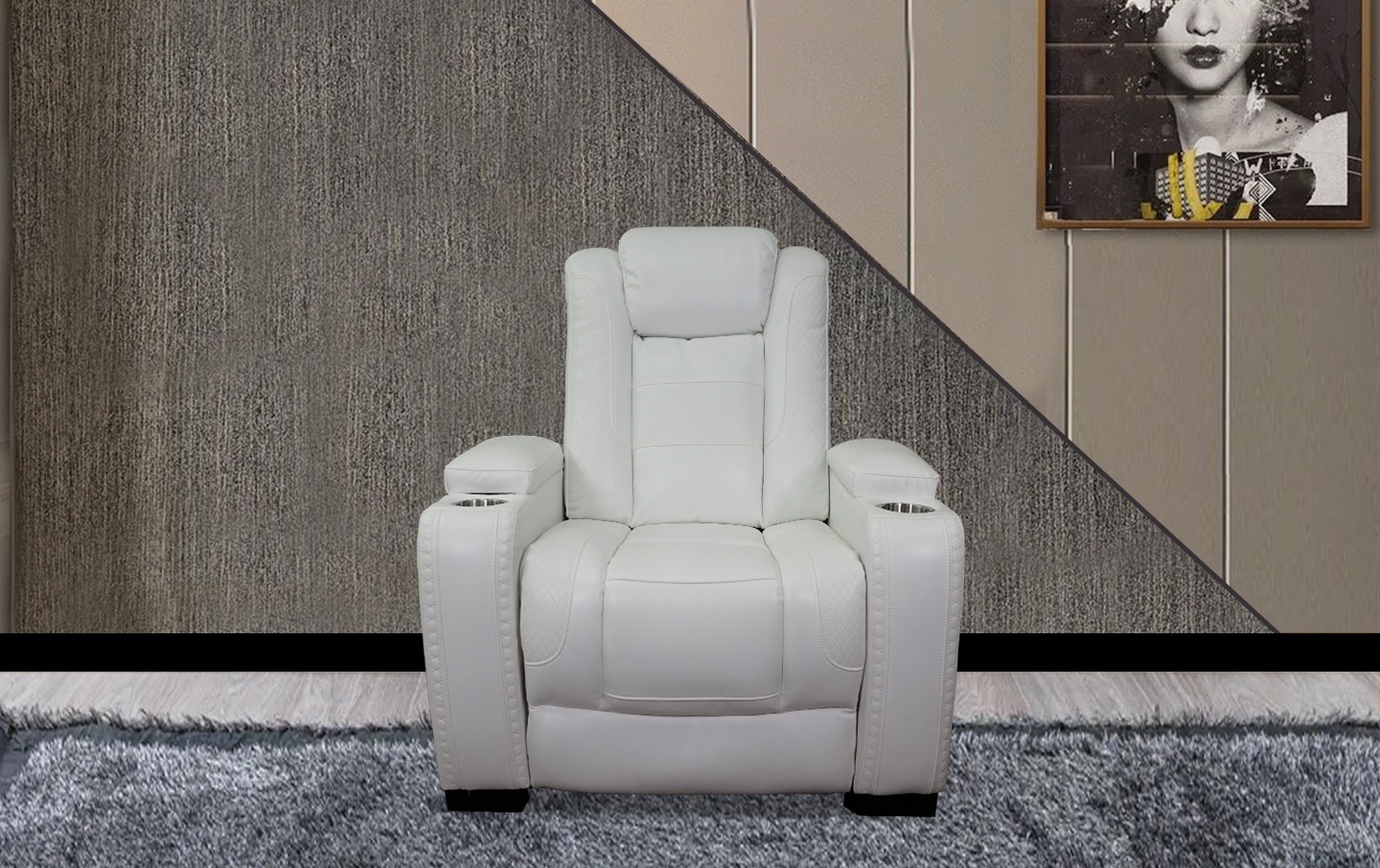
A recliner is meant for relaxation, so it’s crucial to select one that truly feels right for you. The features greatly influence your daily experience, health, and overall satisfaction. Here’s a recliner buying guide for picking the right features for comfort and convenience.
Lumbar Support
First and foremost, look for a recliner with integrated lumbar support for your lower back. This ergonomic feature helps prevent slouching, which can lead to strain and discomfort. Proper lumbar support ensures that your spine maintains its natural curvature, especially during long periods of sitting.
Adjustable Headrest
Next, consider headrest adjustability. This is vital to avoid neck strain while you’re reading, watching TV, or simply leaning back to relax. Both manual and powered recliners offer this feature, allowing you to tailor the support to your needs.
Legrest/Foortrest
The comfort of the legrest or footrest is equally important. It should provide both position flexibility and ample padding to ensure leg comfort. Flat cushioning may leave your legs feeling stiff quickly, while poor reclining angles can create pressure on your knees.
Advanced Features
For those looking to enhance their relaxation experience, consider models with built-in features such as heating or massage options. Many powered recliners offer targeted massage zones for the back, thighs, and calves. These additional functions are typically controlled via remote or mobile applications, allowing you to customize intensity, zones, and timers.
Select the Right Upholstery Material
When it comes to a recliner buying guide, the focus often leans towards its reclining features and overall comfort. However, don’t overlook the importance of upholstery. Imagine a recliner that boasts seamless reclining and ample padding, but its upholstery is stiff and uncomfortable. For a truly enjoyable experience, choose upholstery that is both soft and breathable, allowing for long hours of comfort. Aim for materials that are chic yet cozy, enhancing both your personal comfort and the aesthetic of your space.
Typically, the main upholstery choices are genuine or faux leather, known for their classic appeal, durability, and ease of maintenance. However, consider your lifestyle when making this choice. If your recliner will reside in a family room or is exposed to kids and pets, synthetic fibers such as microfiber, microsuede, or suede may be more practical. For a blend of style and comfort, woven fabrics like cotton, linen, and polyester blends offer variety. They come in a wide range of colors and textures while maintaining a cozy feel.
Set a Budget Before Shopping
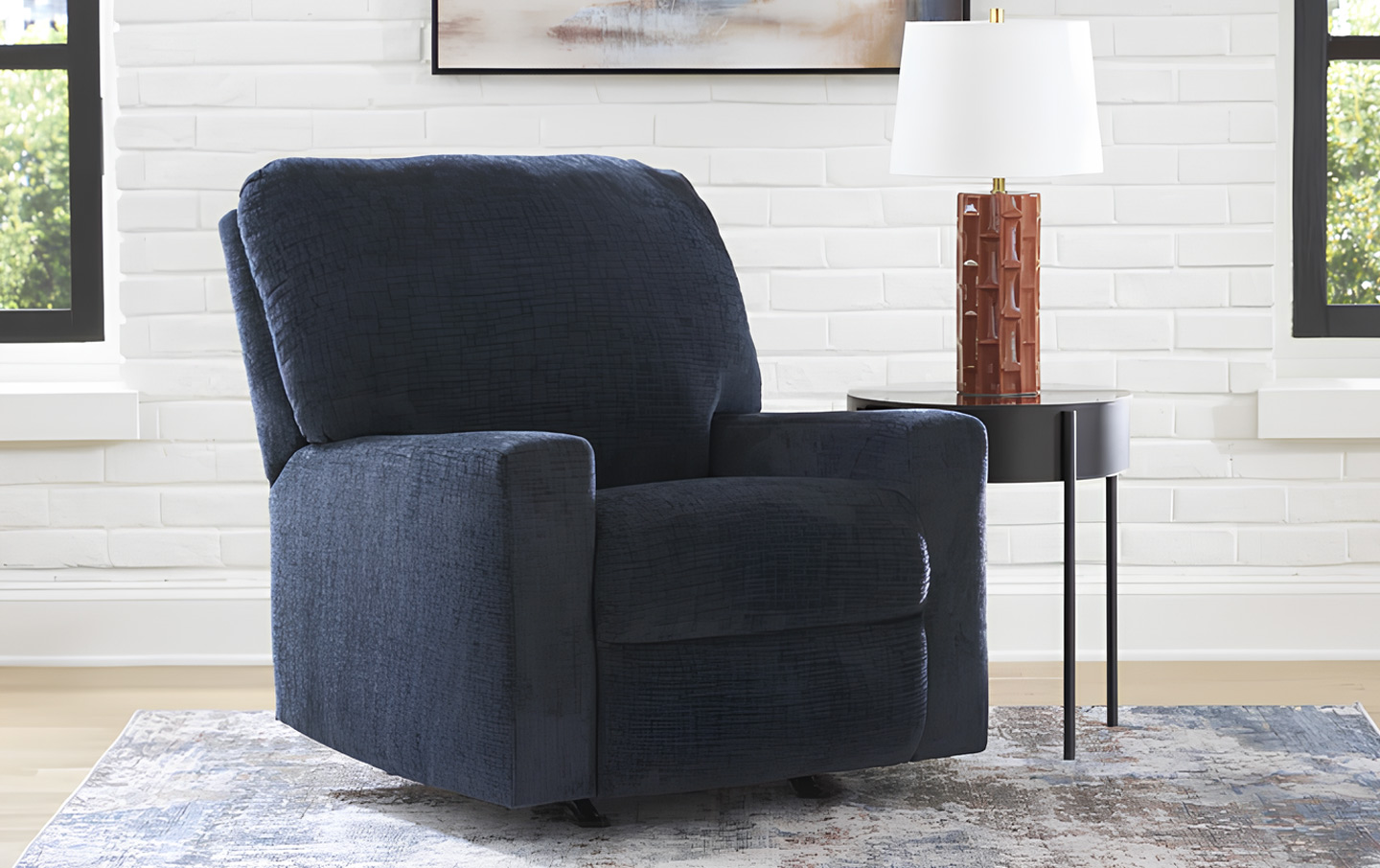
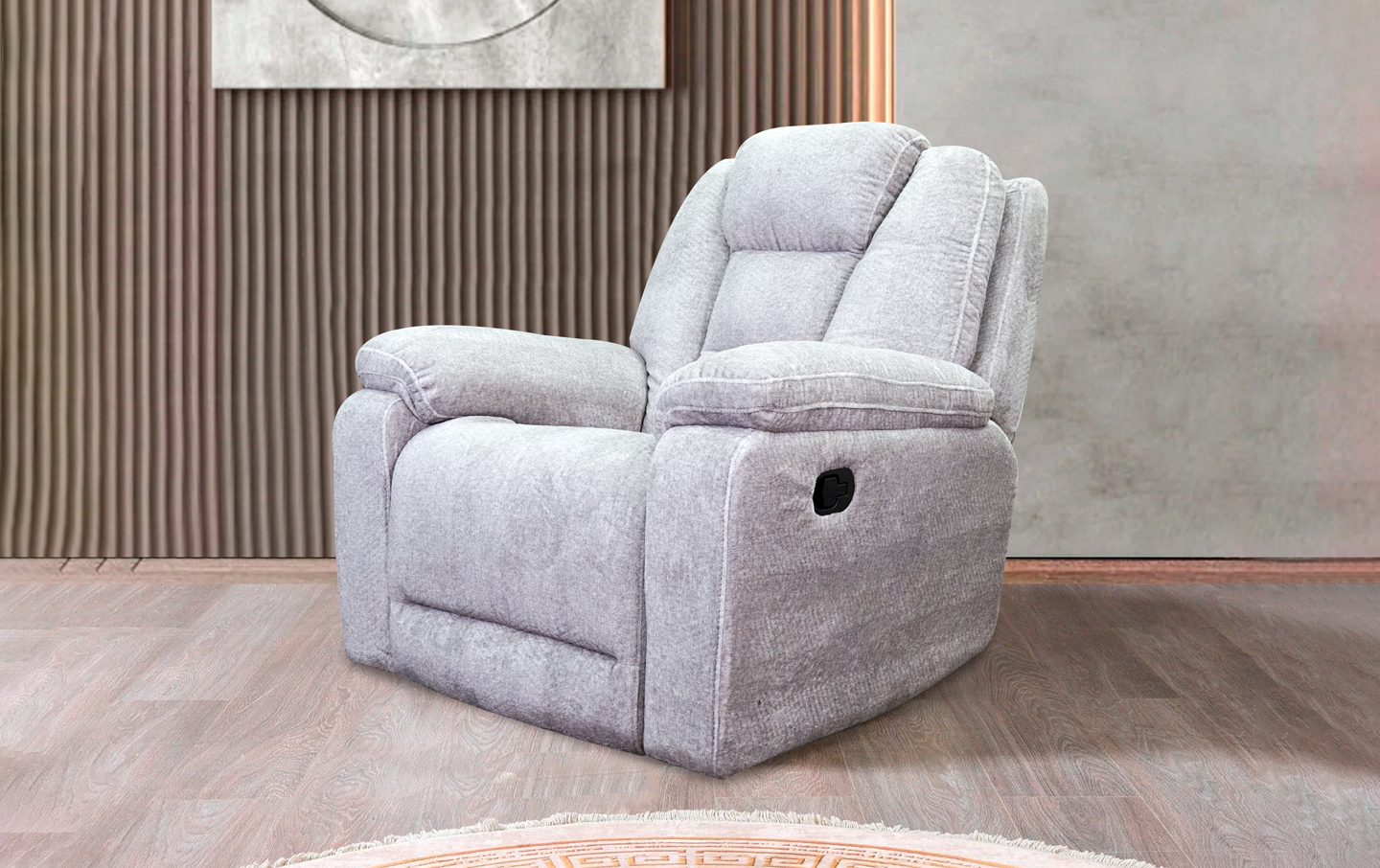
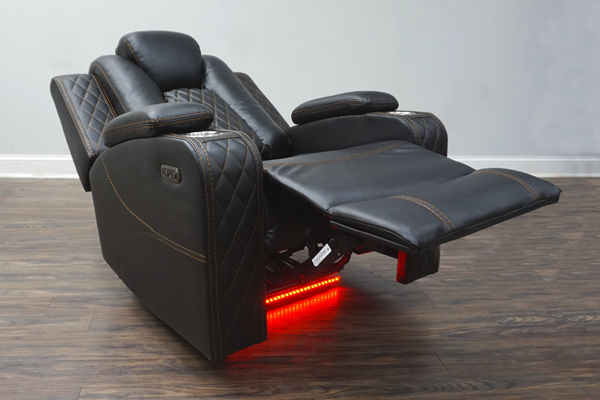
Establishing a budget before you start shopping for a recliner is absolutely essential. Without a clear definition of how much you’re willing to spend, you may find yourself overspending. This item comes in a wide variety of price ranges, influenced by materials, features, and construction quality. Here’s a quick recliner buying guide based on the price ranges:
- Entry-Level Recliners: These are more affordable but often come with basic features and materials. They usually only offer manual operation, minimal cushioning, and basic upholstery.
- Mid-Range Recliners: This category tends to be the sweet spot for most buyers. Mid-range recliners are more reliable for everyday use and offer a good balance of comfort, style, and functionality. Here, you can find both manual and powered options, making them suitable for various tastes and budgets.
- Premium Recliners: Premium models are highly customizable and often feature luxurious materials like full-grain or top-grain leather. However, this level of quality comes with a significantly higher price tag and may be out of reach for many.
Check the Warranty
Investing in a recliner is a significant decision, which is why this recliner buying guide also discusses the warranty. It is critical to ensure that your recliner, manual or powered, comes with a solid warranty. A good warranty not only protects your investment but also provides peace of mind against potential defects or issues.
Look for warranties that cover essential components like the frame, reclining mechanism, upholstery fabric, cushioning, and any electrical features. A lifetime warranty is ideal for wooden and metal frames, while the reclining mechanism should ideally be covered for at least 1 to 3 years. Additionally, don’t forget to verify the warranty for upholstery, which often lasts one year or less. Ensure other power components, like remotes, and additional features like USB ports or massage functions, are covered separately as well.
Try Before You Buy
If there’s one step that you don’t want to skip in this recliner buying guide, it is to test your chosen recliner before paying for it. Testing furniture, especially a recliner, is essential because comfort is highly personal. Sitting on a recliner for a few minutes allows you to assess its supportiveness. Make sure to recline fully to check the smoothness of the mechanism.
If you’re opting for a powered recliner, test all the buttons and the remote for responsiveness. For manual models, use the lever or push-back function a few times to ensure it feels sturdy. Don’t forget to evaluate the plushness of the armrests and headrests. Furthermore, check the footrest’s ability to fully support your legs without cutting off circulation.
- Pro Tip: Squeeze and compress the cushions to gauge their density and how quickly they regain shape.
What to Do If You’re Buying a Recliner Online?
-
- Read the Full Description: Take the time to thoroughly review the product details. Ensure you understand every specification so you don’t purchase an item that doesn’t meet your needs or fit your space.
-
- Be Cautious of Images: Keep in mind that photos on websites are often staged with professional lighting and may have undergone heavy editing. Rely more on the descriptions to get an accurate understanding.
-
- Check Customer Reviews: Customer reviews provide invaluable insights into the quality of the product and the reliability of the retailer. Look for feedback that discusses comfort, durability, delivery experiences, and any potential issues.
-
- Look for Real Buyer Photos: Some reviews include images shared by previous buyers, which can help you better visualize the recliner’s actual appearance and scale in a natural home setting.



